|
Sep 14, 2011 |
|
Sep 14, 2011 |
|
Aug 17, 2011 |
First Published: Sep 01, 2011 |
|
Aug 17, 2011 |
|
Aug 17, 2011 |
|
Jul 18, 2011 |
|
Jul 18, 2011 |
|
Jun 16, 2011 |
First Published: Jul 01, 2011 |
|
Jun 16, 2011 |
First Published: Jun 28, 2011 |

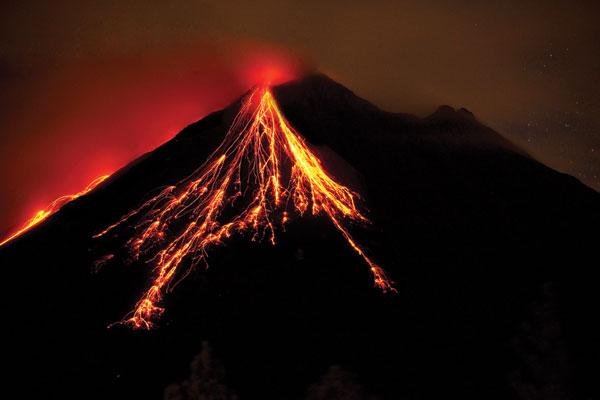
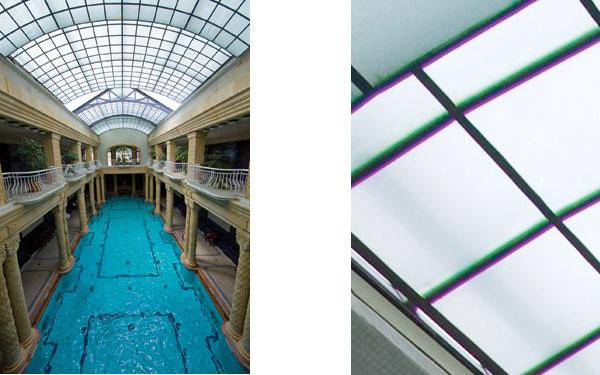
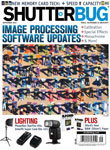 On The Cover
On The Cover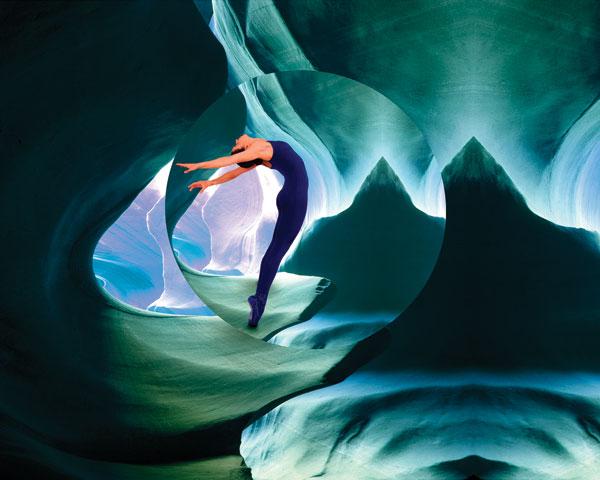


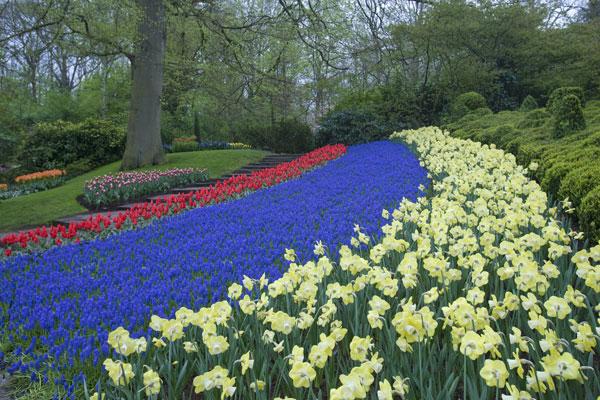
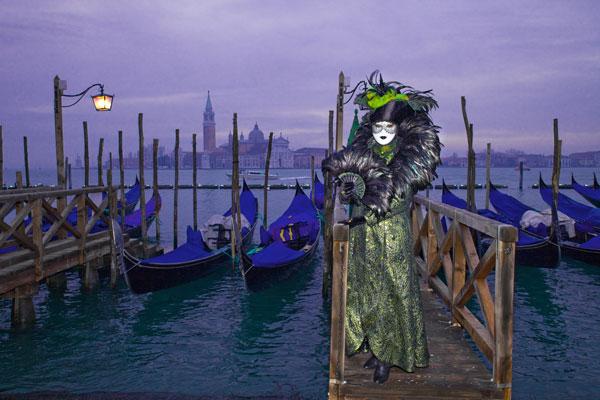

 On The Cover
On The Cover

